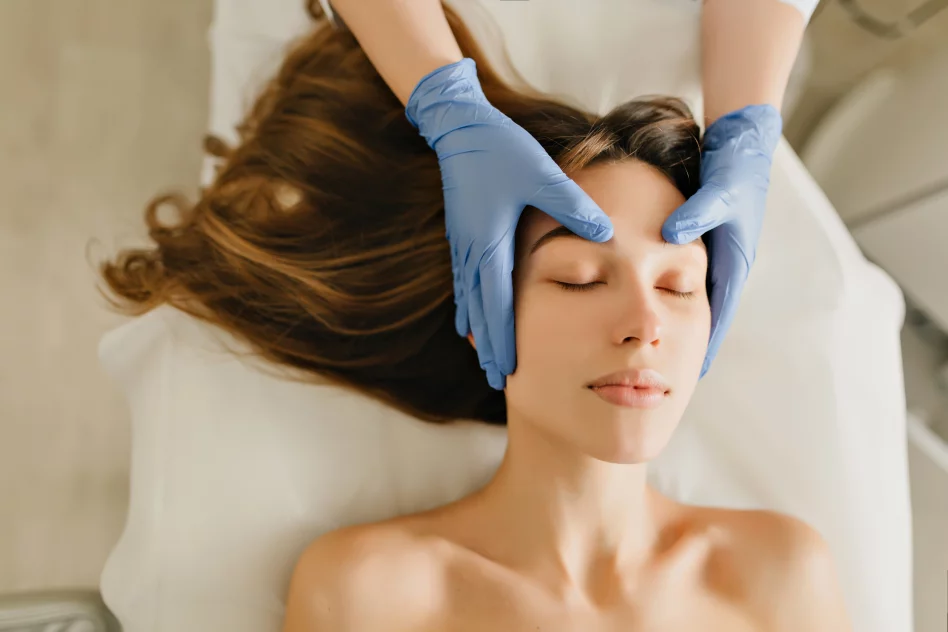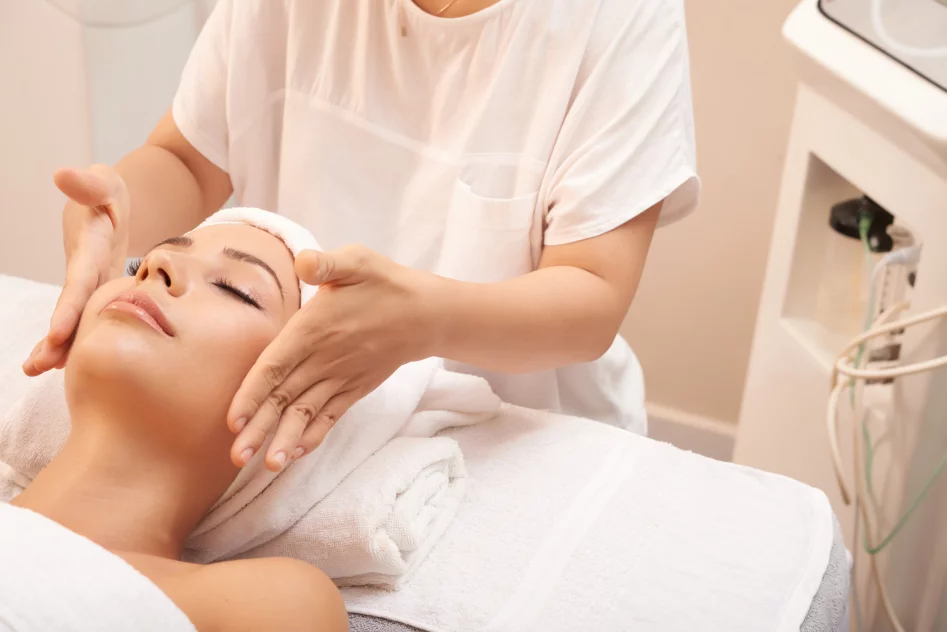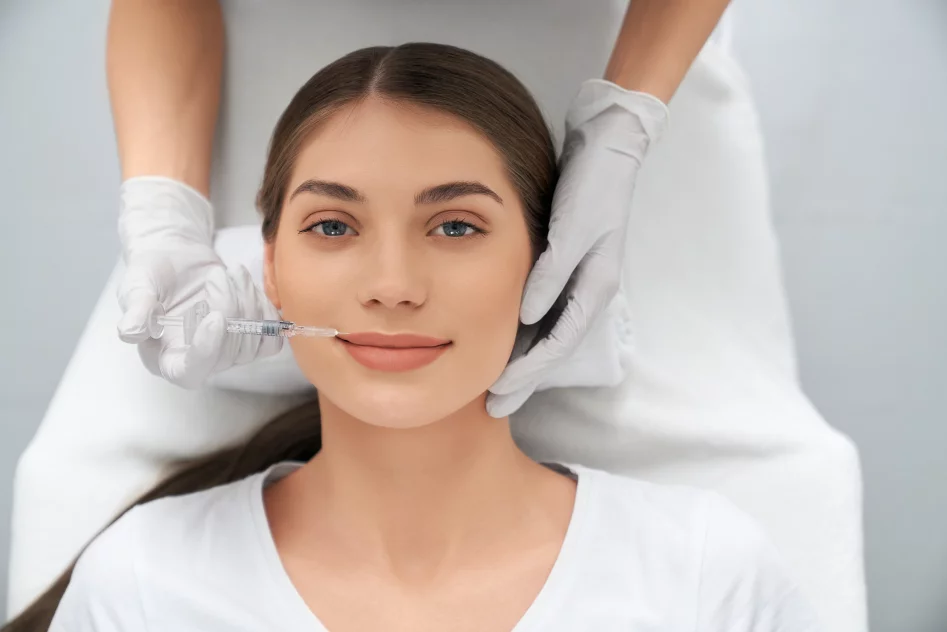-
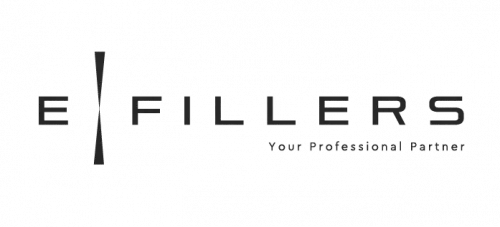
- Author e-FILLERS Team
- Apr 22nd, 2025
Facial Anatomy 101 for Aesthetic Injectors
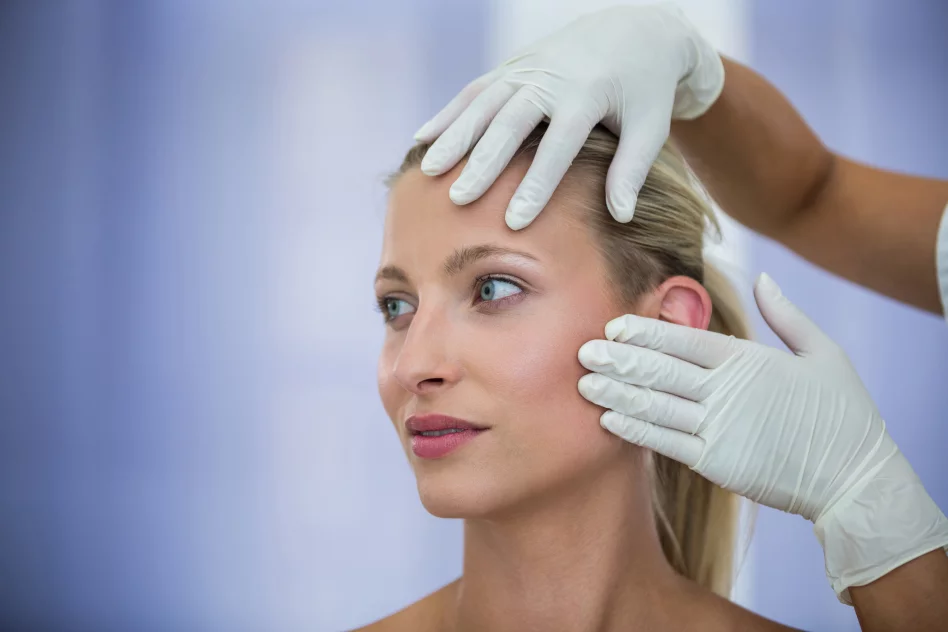
In aesthetic medicine, precision is everything. Whether you're using dermal fillers, or biostimulators treatments, a clear understanding of facial anatomy is crucial. Knowing the exact location of muscles, fat pads, vessels, and ligaments not only improves your aesthetic outcomes — it also ensures patient safety and satisfaction.
If you're new to aesthetic injections or looking for a refresher, this guide will walk you through the essential anatomical structures every injector must master.
The Layers of the Face: From Superficial to Deep
Before diving into specific regions, it’s important to understand the basic structural layers of the face. From superficial to deep, these include:
Skin (epidermis and dermis)
Subcutaneous fat
Superficial Musculoaponeurotic System (SMAS)
Facial muscles
Deep fat compartments
Periosteum and bone
Injectables interact differently depending on which layer they’re placed in — for example, superficial HA fillers for fine lines, deeper fillers for volume, and biostimulators near the bone.
Key Facial Muscles in Aesthetic Practice
Understanding muscle anatomy is vital when working with neurotoxins or treating dynamic wrinkles. Focus on these commonly treated areas:
Frontalis
Location: Forehead
Function: Raises the eyebrows
Clinical Note: Over-treatment can lead to eyebrow or eyelid ptosis
Orbicularis Oculi
Location: Surrounds the eye
Function: Closes the eyelid
Clinical Note: Targeted for crow’s feet treatments
Glabellar Complex (Procerus, Corrugators)
Location: Between the brows
Function: Frowning and brow furrowing
Clinical Note: Frequent site for botulinum toxin to treat frown lines
Masseter
Location: Jawline (mandibular angle)
Function: Chewing, jaw clenching
Clinical Note: Treated for slimming the jaw and TMJ issues
Mentalis
Location: Chin
Function: Chin movement and expression
Clinical Note: Over-treatment can cause a “witch’s chin” appearance
Danger Zones: Major Vessels and Nerves
Avoiding vascular complications and nerve injuries is a priority during any injection. Here's a quick guide to high-risk zones:
Angular Artery & Vein
Location: Alongside the nose
Risk: Nasolabial fold and tear trough injections
Tip: Use cannulas or aspirate when injecting
Supratrochlear and Supraorbital Arteries
Location: Above the brow
Risk: Forehead and glabella
Tip: Stay superficial to avoid intravascular injection
Facial Artery
Location: Curves around the mandibular border up to the nasolabial fold
Risk: Cheek and mid-face injections
Tip: Inject slowly and avoid deep boluses near this artery
Infraorbital Nerve
Location: Below the eye near the infraorbital foramen
Risk: Tear trough injections
Tip: Be gentle, use soft fillers, and consider a cannula
Facial Fat Pads: Volume Loss & Rejuvenation
Facial aging is often due to loss and shifting of fat pads. Strategic volume replacement is key. The face has both superficial and deep fat compartments, including:
Malar fat pad (mid-face volume)
Nasolabial fat pad (fold depth)
Preauricular fat (temporal hollowing)
Submental and jowl fat pads (lower face contouring)
By understanding where fat is lost or gained with age, you can plan natural-looking rejuvenation with the right product in the right layer.
Ligaments and Retaining Structures
Facial ligaments play a role in facial sagging and contour changes. They anchor the skin and tissues to the bone. Key ones include:
Zygomatic ligaments (cheek)
Mandibular ligaments (jawline)
Orbital retaining ligaments (around the eye)
Understanding these helps in lifting and repositioning tissue during treatments like mid-face volumization or contouring the jawline.
Tailoring Product Placement to Anatomy
Different products are designed for different layers and anatomical structures. Here are a few examples:
Fine HA fillers: Superficial lines, perioral or tear trough
Volumizing fillers: Deep fat compartments or near periosteum
Skinboosters and polynucleotides: Superficial dermis
Exosomes or biostimulators: Papillary dermis, using microneedling or superficial injection techniques
Always match the product’s properties — viscosity, elasticity, bio-stimulation — to the anatomical layer you’re working in.
Final Thoughts
Mastering facial anatomy is the foundation of safe and effective aesthetic treatments. Whether you’re injecting fillers, toxins, or regenerative products, your knowledge of muscles, vessels, fat pads, and ligaments directly impacts patient outcomes.
Continuous education and hands-on training are key to becoming a confident and responsible injector. With the right anatomical understanding, your aesthetic artistry becomes safer, smarter, and more successful.


.webp)
